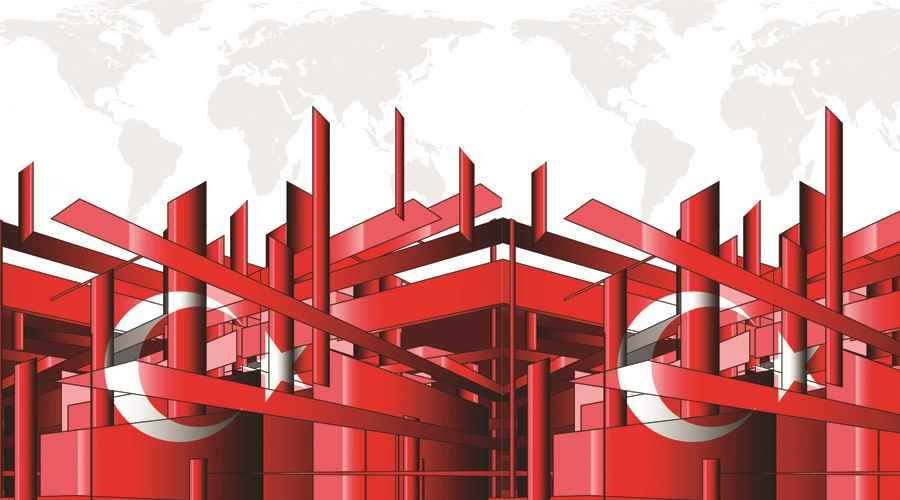Source: Türkiye İş Bankası
Turkey’s economic outlook on monthly basis based on main indicators, monetary policy and anticipatory meetings.
For original report including graphics and numeric values, please see the attached PDF file below.
In March, annual CPI declined to 11.86%.
In March, monthly CPI increased by 0.57%, in line with market expectations. In the same period, domestic PPI (D-PPI) increased by 0.87%. Annual consumer inflation, which has been following upward trend since November 2019, declined to 11.86% in March. Similarly, annual D-PPI inflation decreased slightly compared to February and became 8.5% in this period.
Rapid fall in fuel prices…
Prices increased in 10 out of 12 main expenditure groups in March compared to the previous month. The highest price increase (2.8%) was in health group due to the rise in pharmaceutical and healthcare prices. The mentioned group affected the monthly CPI inflation upwards by 8 bps. Food group, where prices rose by 2% in this period, also pushed monthly CPI up by 47 bps. The increase in unprocessed food prices, especially fresh fruits and vegetables, was effective in food inflation. Out of the top 10 selected items, which posted the highest increases on a monthly basis, 8 products were from food group.
In March, weak oil demand caused by virus outbreak, and the increase of oil production of Saudi Arabia and Russia, resulted in a drop in oil prices on the global scale. In this period, gasoline and diesel prices in Turkey decreased by 14.3% and 9.9%, respectively. The said decreases refer to the highest monthly declines of the said items on 2003-based series. In line with these developments, the transport group limited monthly CPI inflation by 29 bps in March.
Core inflation indicators…
The gradual rise in core inflation indicators B and C, which are closely monitored by the CBRT, continued in March. The annual increases in the B and C indices were realized as 11.65% and 10.49%, respectively.
Exchange rate developments pushed D-PPI upwards.
Despite the fall in energy prices in March, the rise in exchange rates played a role in the course of D-PPI. The coke and refined petroleum products sub-sector, where prices dropped by 22.5% mom, limited the monthly increase in D-PPI by 95 bps, while the crude oil and natural gas sub-sector, where prices dropped by 14.8%, drew monthly producer prices 6 bps down. In March, food and main metals sub-sectors continued to stand out in the rise of D-PPI. The said two groups contributed 40 and 36 bps to the monthly D-PPI inflation, respectively.
Expectations…
It is clear that uncertainties caused by virus outbreak will continue to be effective in the course of the global economy for a while. This outlook would also be influential on both commodity prices and exchange rate levels. Despite the taken measures, concerns regarding how and when production activities would gain stability increase the uncertainties for the level of prices in the upcoming period.IR_202003Download

